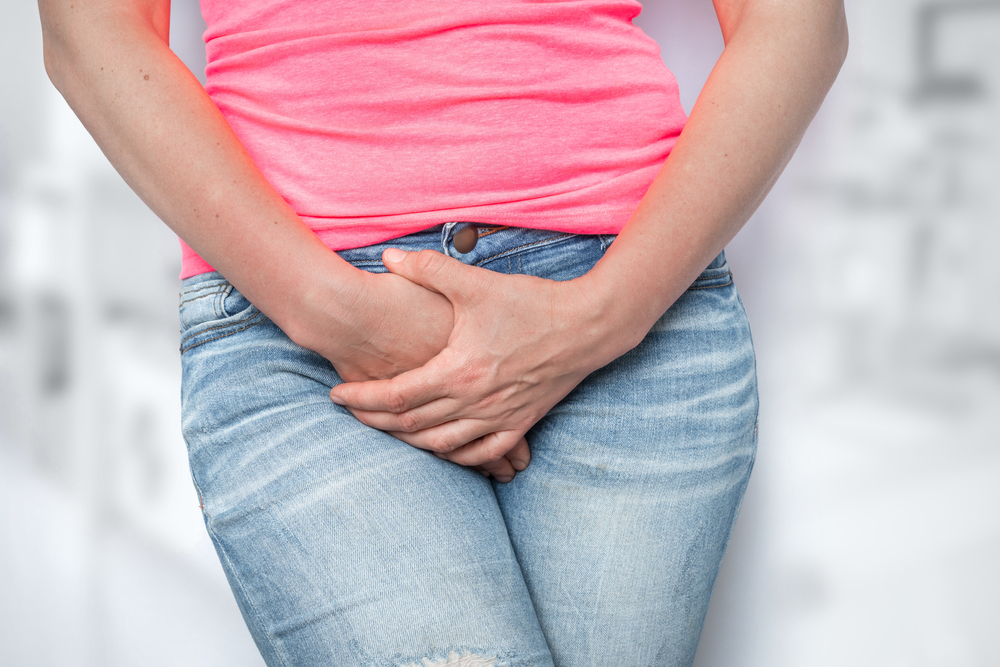
Incontinence and what you can do about it
Incontinence means releasing urine when you don’t mean to, and it’s a common problem. You sneeze, your friend makes you laugh the way that only she can, or you have a sudden urge, and before you know it, a little pee leaks out. The first time it happens, it may surprise and embarrass you. However, it’s nothing to be stressed about. It can be treated.
Why the leakage
While chronic conditions or traumatic damage may cause incontinence, most leakage is due to weakness or structural changes to your urinary tract, including:
- Loss of strength in the pelvic floor muscles – the muscles you squeeze to keep from urinating.
- Loss of strength of the connective tissue, which supports the urethra and lower bladder – the connective tissue that keeps the urethra and bladder in the correct position.
Other risk factors for incontinence include:
- Chronic constipation
- Chronic pain in the pelvis or lower back
- Drinks with caffeine and carbonation
- Medical conditions and certain medications
- Pelvic organ prolapse
- Surgery – pelvic or lower back
- Tobacco products
Stress incontinence
It happens when increased pressure in your abdomen squeezes the bladder. That moment when you bend over or sneeze real hard. The pressure on your bladder rapidly increases, and you cannot keep urine from leaking. Once the pressure reduces, you are able to stop the flow of urine. It’s usually a small amount. The increase in abdominal pressure can be caused by:
- Bending
- Coughing
- Jumping
- Laughing
- Lifting
- Sneezing
Stress incontinence is most common for mothers because the bladder muscles and the muscles surrounding the bladder can become weakened during pregnancy and delivery. Men may develop stress incontinence after prostate or certain bladder surgeries, and obesity can increase the risk of leakage for both men and women.
Urge incontinence
Urge incontinence happens when you have to go – and go right now. You just can’t get to a toilet fast enough. It’s common for people with dementia, diabetes, multiple sclerosis, Parkinson’s disease and stroke.
Urge incontinence is more common in older adults and may signify a urinary tract infection or an overactive bladder. It also may indicate that an existing chronic condition needs to be checked by your primary care provider.
You should only leak a tiny amount of urine. If your bladder empties, you are experiencing a different incontinence issue.
How do you find out?
Do you suffer from incontinence?
A procedure called urodynamic testing checks how your bladder is working and how much urine your bladder can hold before needing to void. It also shows the cause of leaking urine.
The procedure requires a catheter to fill your bladder with contrast or dye for a better image. While you might feel the catheter inserted into the urethra, the test does not hurt.
Your urodynamic test will last approximately 60 minutes and does not require sedation. You will be able to drive yourself home after the procedure.
What can you do?
Incontinence is not normal, and there are ways to treat it and improve your life. Don’t be afraid or embarrassed to discuss your condition with your primary care provider. Talking can lead to a solution.
Strength training of core muscles and pelvic floor exercises are some treatment options for stress urinary incontinence. In some cases, you might need the help of physical therapists. Strategies include:
- Adding core strength training
- Avoiding unnecessary strain on your pelvic floor muscles, i.e., constipation, chronic cough, improper lifting
- Establishing a regular bathroom routine
- Strengthening your pelvic floor muscles with Kegel exercises
- Working with a physical therapist for pelvic floor therapy
Other treatment options may include medication to relieve the incontinence. New medications covered by Medicare don’t have the harmful side effects of earlier options. There are also electro-stimulation devices that can help distract the bladder and reduce the urgency to urinate.
In some cases, incontinence can be severe and require corrective surgery.
Take this quiz and talk to your doctor about different options. You should not let incontinence cause you to miss activities or alter your life. There are several treatment options available.